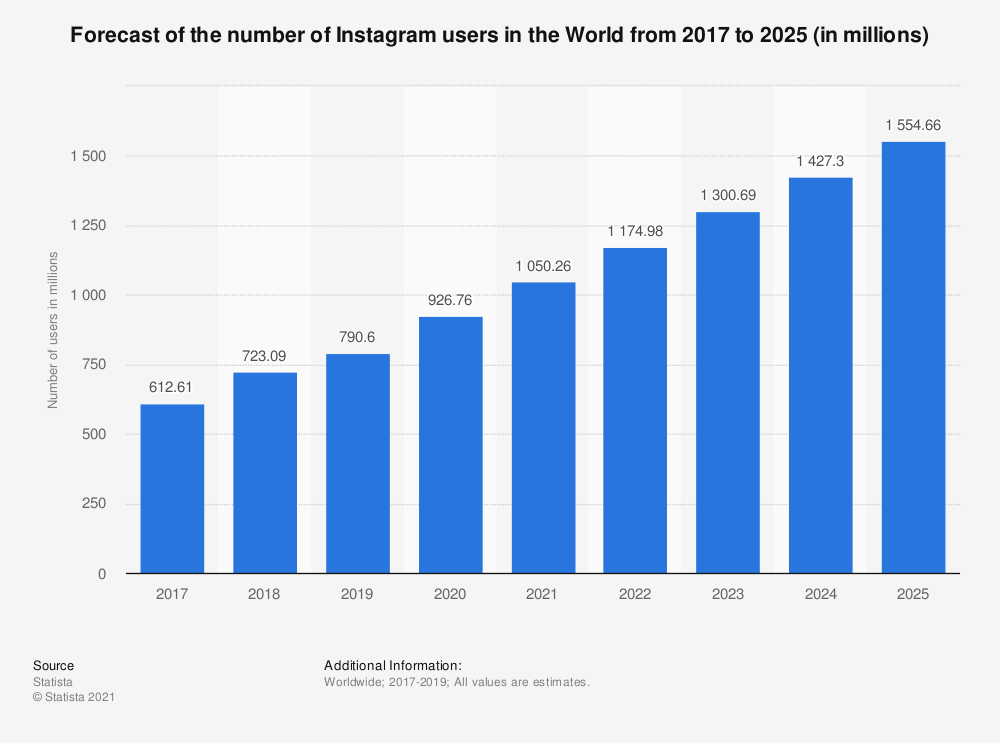I had an amazing experience at the end of last month. I was invited to Dublin to keynote the LIR annual seminar on mine and my wife’s 20th wedding anniversary! We took the tip together, the weather was beautiful, and the conference was great. I learned so much from the other speakers, and everyone who asked questions and shared their own experiences.
It was a hybrid event, with around 100 staff from Irish academic libraries split across in-person and online. The venue was fabulous - the picture in the header of this post is of the view of the Liffey through the window of the room I was speaking in.
I was asked to talk about rebuilding our online communities now that Twitter / X has stopped being an option for so many of us. Although the committee wanted me to touch on this from a library point of view, the main focused they asked for was actually the librarian perspective - where do we, as library staff and info pros, rebuild our networks? It’s a great topic, and here are my slides (slightly amended from the event, to work better without me talking over the top).
Below is not a transcript of my talk by any means, just a few notes on the key themes.
Part 1: The State of X
It gives me no pleasure to be spending so much time hauling Twitter over the coals, because the site has been a hugely positive influence on my my life. I joined after the New Professionals Conference way back in 2012 and suddenly I became plugged in to this network of progressive, interesting library people - I absolutely relished being able to be part of that wider conversation. It gave me incredible opportunities (the original catalyst for my keynote at the LIANZA Conference in New Zealand was a tweet from the LIANZA account about how bad the fonts were on the Library Marketing Toolkit website!), helped me get jobs, introduced me to friends, and allowed me launch a freelance career.
More importantly than any of that though, Twitter was the place that enabled me to view the world through other people’s eyes. As a cis-het white male (and you can now add middle-aged to that list) it’s vital to get an insight into how other people experience life and the world and libraries and more, or you end up in a boring, uninformed bubble with potentially damaging knock-on effects for those around you. They say you get more and more right-wing as you get older, but I’ve found the exact opposite to be true (and I was pretty left-wing to begin with): my brilliant Twitter network was vital in that.
Twitter was great because we made it great, and now it’s terrible because some terrible people have come along and set up shop there. So I get the ‘why should we have to leave?’ argument. Individuals can make up their own minds but I think from an institutional point of view, being there is a real risk, reputationally. As it says in slide 9, hate speech is up, disinformation is up, transphobia is up, misogyny is up, bots are up - and actual active (human) users are down. Even beyond the ethical arguments against X, it has ceased to function effectively as a communication tool for libraries - the algorithm rewards conflict and suppresses links, and even when you do ‘good’ tweets (like the ones in slide 8) they don’t get any reach. It’s time to go. Which leads us to the question which titles the next part.
Part 2: Where next for academic libraries?
In academic libraries we have various audiences we’re trying to reach, including not limited to undergraduate students, postgrads, researchers and academics, professional services staff, members of the public, the rest of the Higher Education industry. Of those, I firmly believe Instagram has the student side really well covered, especially if you throw in TikTok too. It’s the public and the University staff we find harder to reach now X is no longer viable.
The public remains a really tricky issue, but I believe Bluesky is really beginning to fill the Twitter-vacuum for academics and researchers. It has a relatively low number of total users (around 35 million at the time of writing; updating count here) compared with the giant social networks, but despite that it is has now overtaken X as the place where most new scholarly research is shared. The academic community is moving over there in large numbers, which is really great news for us in libraries.
My argument in the talk is that having somewhere online to follow our academic community to is great, but leading them there is even better. I’ve really proactively tried to help catalyse a shift to the platform for researchers at my own institution, writing several guides to the platform aimed at University staff and creating a University of York Starter Pack for colleagues to easily connect with each other on the new platform, among other things.
Overall I’d advocate for using Bluesky specifically for researcher-facing messages at the moment (I’m not seeing evidence of large numbers of taught students on the platform) and letting Instagram take care of your student-facing comms. It’s working really well for us, and we now have a larger and more active network for the Uni of York library on Bluesky than we ever did on Twitter, after only a few months.
Part 3: Reconnecting as Information Professionals
No one is obliged to be in an online professional network, of course. There are people who are entirely off social media and benefiting from that choice. If you do want that connection with the wider profession though, with what do we replace Twitter?
The answer depends on what specifically we need from our network. Before we ask where shall we go, we need to ask what we want to DO when we get there. I asked the audience to talk to each other about the various options on slide 31, as well as adding their own…
I’ve been forced to revise my view that LinkedIn is basically awful, because actually it isn’t - the library and HE professionals part of it has been really helpful to me, especially since I left Twitter a year and a half ago. I’ve also noticed that the total views for posts on there is higher than it is on this website - numbers in the slides - so it’s a good way to disseminate and get feedback on ideas. (Here’s my LinkedIn profile if you’re interested.)
Bluesky has for me killed two (Twitter) bird with one stone - it has become a venue to rebuild my library’s academic network, and my own librarian / info pro network. As always, I’d recommend it: if you’ve not given it a go, check out some of the guidance and maybe dip your toe in.
The key thing is, you can choose whatever platform you like as long as you’re part of the conversations you want to be having. It was really so great to be part of this particular conversation in Dublin, so massive thanks again to LIR for inviting me!
If you’re interested there’s a video of the full talk here. It’s a recording from Teams so the audio is slightly in and out and the picture is a bit grainy! But I appreciate the LIR committee making this available, thank you.



